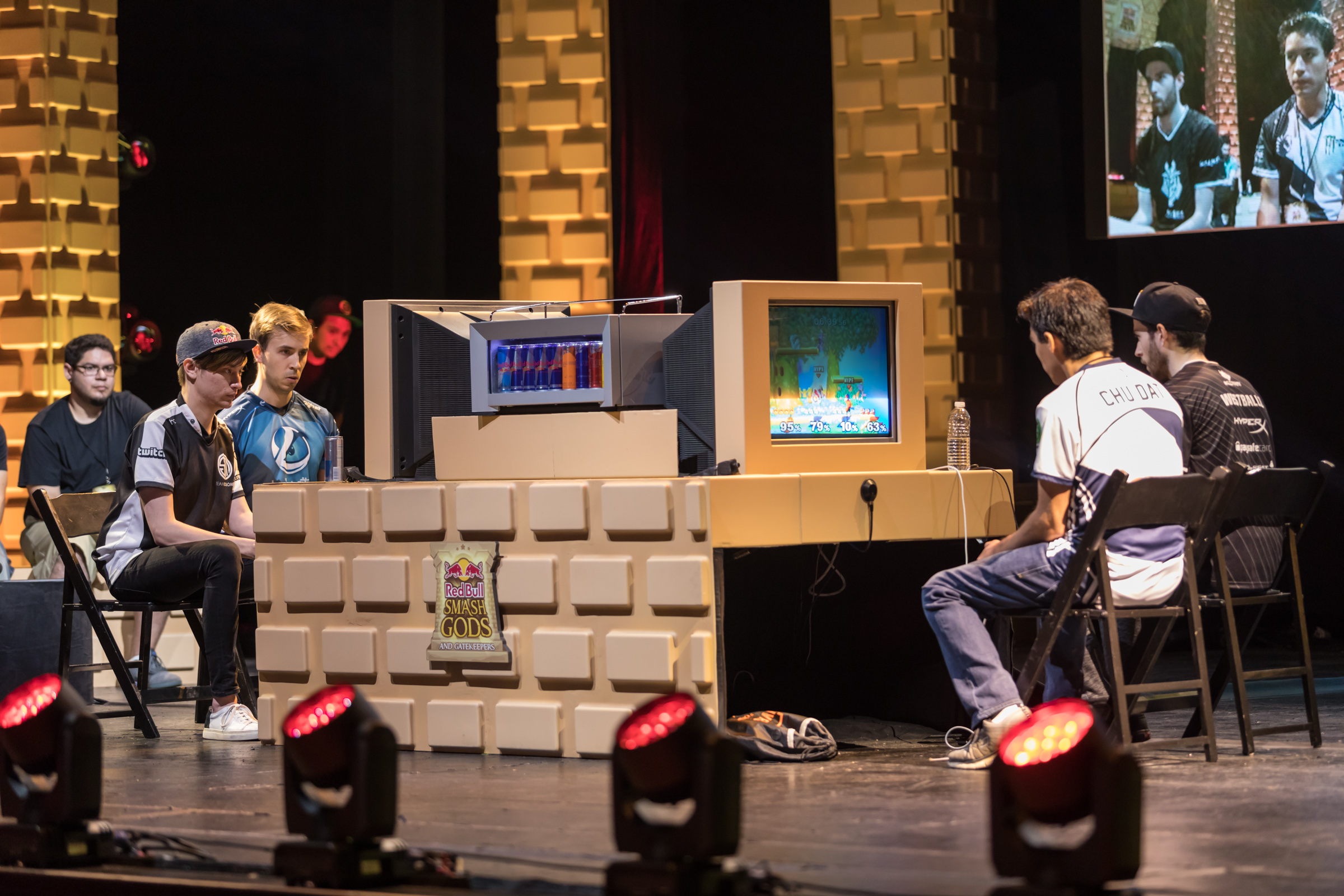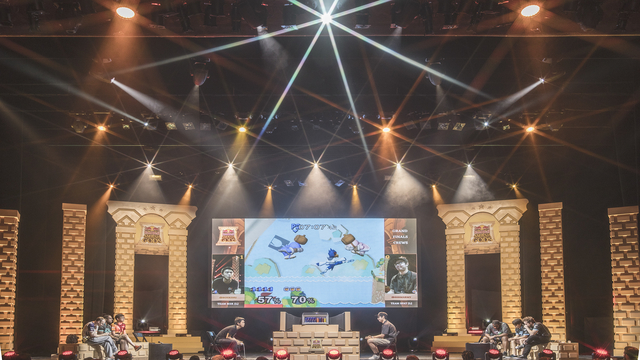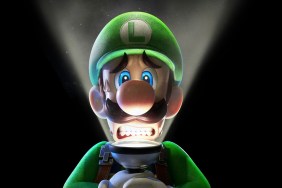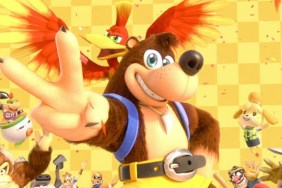The format for Super Smash Bros. tournaments has gone unchanged for some time; only a few organizers stick their necks out to try something new with their events. And just this weekend, Red Bull’s Gods and Gatekeepers tournament succeeded in changing things up.
“Whenever you try something people will always question it, wondering why we are changing from what’s normal,” said Champ Tangwongkitsiri, the tournament organizer and founder of 2GGaming. “Luckily, the response to Gods and Gatekeepers was really positive.”
Like most events in the competitive scene, the emphasis was put on top players like Mango, Leffen, and Mew2King, three of the eight players dubbed the ‘Gods and Gatekeepers’ of Smash Bros. But instead of allowing these players to pick their teams before the tournament, the event required them to pick two of their team members from a pool of players who played through an open bracket the day before.
Also: How I Made $250 Watching the Dota 2 International
Players gunning for an open spot came to the Wiltern Theater in Los Angeles from all over the country, hoping to join one of these legends for their chance at a piece of an $11,000 pot bonus. The opportunity gave unknown Smash Bros. players the chance to get their names out there, putting the spotlight on some fresh talent.
The open bracket narrowed down around 800 players to a solid 32, who the team captains could choose from for the crew battles the next day. There were only sixteen open spots, so the sixteen players who weren’t picked would miss out on the chance to play in the primary tournament.
Instead of leaving those extra players out to dry, Red Bull carved out a $1,000 pot bonus for the ‘Forsaken Bracket,’ a separate series between the sixteen players who were left out. While this might seem unfair at first, it actually gave these players a chance to make a name for themselves.
“Normally some of these people would place 25th in a traditional setup and be forgotten,” Champ said. “But instead they got a chance to win and get a reward, even though it’s not as big.”

One of those players was Conner “Cal” Daughtery, a sixteen year old from Cincinnati, Ohio who had only been playing competitively for two and a half years. “It actually felt pretty good. It was better than the experience I got in a regular bracket since I had already lost, “ Daughtery said. “This gave me the opportunity to get back into the winner’s bracket, and I always do better there anyway.”
If this had been a traditional bracket, Daughtery would have been put in the loser bracket and he would have faced much steeper odds when trying to climb back up. Instead, he pushed through to win due to a second chance provided by the Forsaken Bracket, and a lot of people noticed. “A lot of people start of recognizing me more,” Daughtery said. “I’ve had popular sets before, but this got me a lot of attention on social media that I couldn’t keep up with.”
Experimentation like this in the competitive scene needs to happen more often in order to keep Smash Bros. exciting. “Overall, the Smash community isn’t very good with change,” Daughtery said. “But mixing things up keeps it new, it keeps it fresh and it gives people a new perspective on what’s happening around them.”







